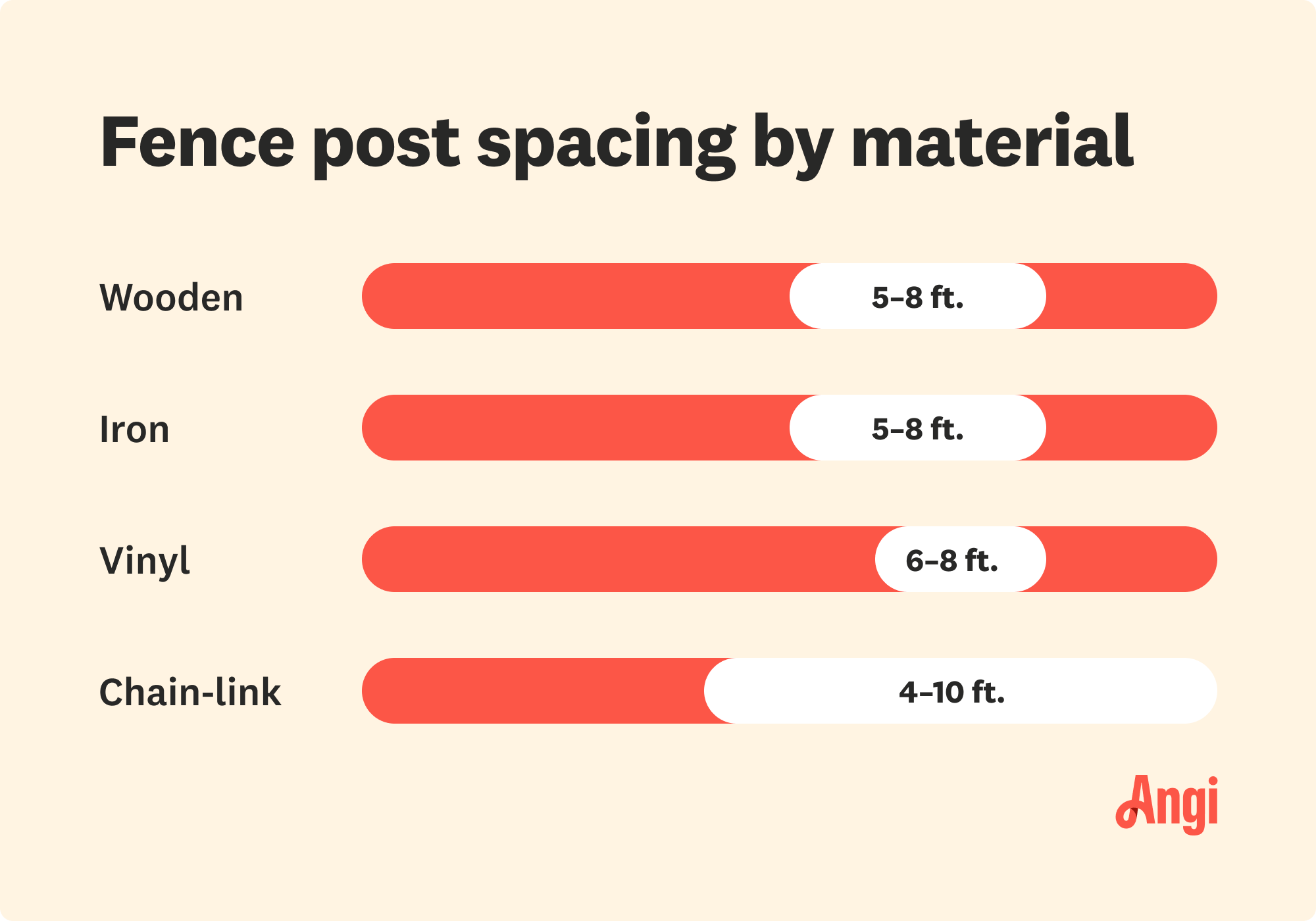Are you in the process of choosing the right fence post length but not sure where to start? Well, you’ve come to the right place! In this article, we’ll dive into the details of selecting the perfect length for your fence posts. Whether you’re a DIY enthusiast or a professional contractor, we’ve got you covered. By the end of this article, you’ll have all the knowledge you need to make an informed decision about your fence post length.
When it comes to fence post length, there are several factors to consider. Firstly, you’ll need to think about the type of fence you’re installing. Different types of fences require different post lengths for optimal stability and durability. We’ll explore the specific requirements for various fence types, including wooden, vinyl, and chain-link fences. Additionally, we’ll discuss the importance of properly setting your fence posts in the ground to ensure long-lasting performance. So, whether you’re building a fence for security, privacy, or aesthetics, stay tuned to discover the key considerations for choosing the right fence post length.
Tips for Choosing the Right Fence Post Length
Choosing the right fence post length is crucial for the overall stability and durability of your fence. Whether you are installing a wooden, vinyl, or metal fence, the length of the fence post is a key factor that should be considered. Various factors such as soil type, fence height, fence material, and climate conditions all play a significant role in determining the appropriate post length. In this article, we will delve into these factors and provide recommendations to help you make an informed decision.
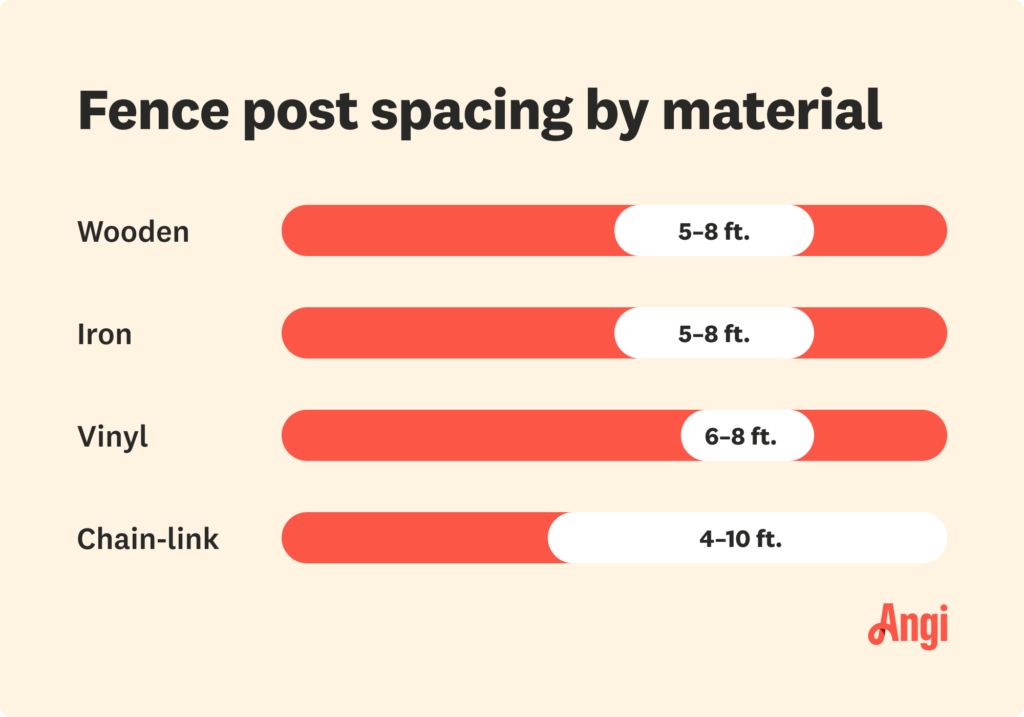
Factors to Consider when Choosing Fence Post Length
Soil Type
The type of soil in your area is an important factor to consider when determining fence post length. Different soil types have varying levels of stability and moisture content, which ultimately affect the depth and length of the fence post required for optimal support.
Fence Height
The height of your fence also plays a critical role in determining the appropriate post length. Taller fences require longer and sturdier posts to withstand the additional weight and wind resistance.
Fence Material
The material of your fence is another factor to consider. Wooden, vinyl, and metal fences each have their specific requirements when it comes to post length. The weight and structural characteristics of the fence material dictate the necessary support provided by the posts.
Climate and Weather Conditions
The climate and weather conditions in your area can have a significant impact on the stability and longevity of your fence. Extreme temperatures, high wind areas, and heavy rainfall or snowfall can all place additional stress on the fence structure. Choosing the right post length that can withstand these conditions is essential.
Role of Soil Type in Determining Fence Post Length
Understanding the different types of soil will help you determine the appropriate fence post length for your specific needs. The three main soil types are clay soil, sandy soil, and loam soil.
Clay Soil
Clay soil is known for its high moisture retention capacity, making it prone to expansion and contraction. This soil type requires longer and deeper fence posts to ensure stability, as it can become soft and unstable when wet.
Sandy Soil
Sandy soil, on the other hand, has low moisture retention capacity and is prone to erosion. Fence posts in sandy soil may need to be longer to provide the necessary stability.
Loam Soil
Loam soil is a balanced combination of clay, silt, and sand, making it ideal for fence post installations. The post length required for loam soil is generally moderate, as it provides a good balance of stability and drainage.
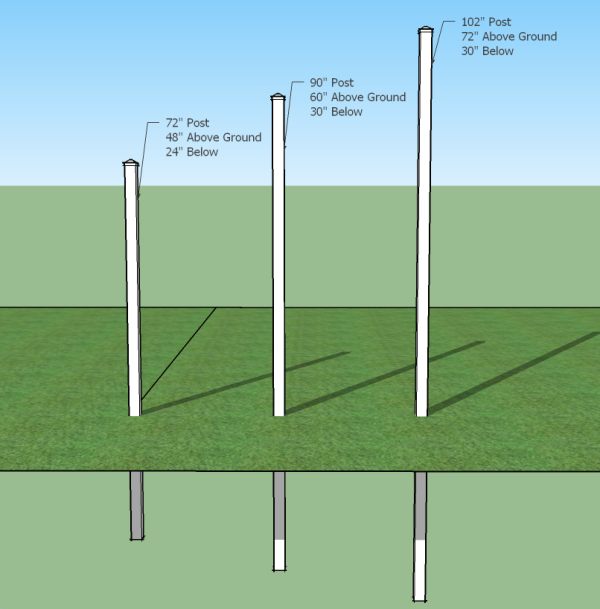
Recommended Fence Post Length for Different Soil Types
When it comes to choosing the right fence post length for your specific soil type, consider the following recommendations:
- For clay soil, it is recommended to use fence posts that are at least 1/3 of the total height of the fence above ground, and the posts should be buried to a depth of at least 1/3 of their length.
- For sandy soil, longer posts are recommended, typically with a depth that is 1/2 to 2/3 of the total height of the fence.
- For loam soil, fence posts should generally be buried to a depth that is 1/3 to 1/2 of their length, depending on the desired height of the fence.
Impact of Fence Height on Post Length
As mentioned earlier, the height of your fence has a direct impact on the post length required. Taller fences require longer posts to provide adequate support and stability. It is generally recommended to bury fence posts at least 1/3 of their length for every 8 feet of fence height.
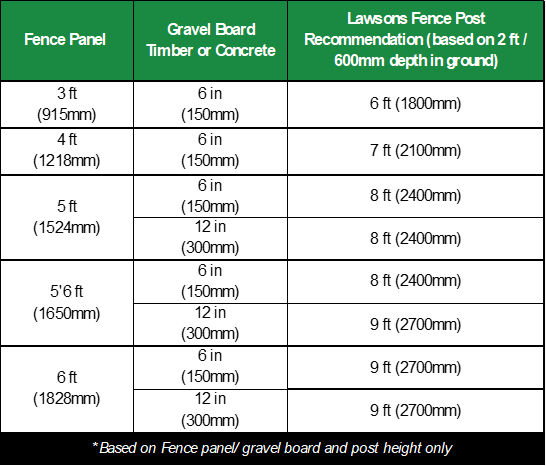
Determining Fence Post Length based on Fence Material
The type of material used for your fence also plays a significant role in determining the appropriate post length.
Wooden Fences
Wooden fences are popular due to their natural appearance and versatility. When installing a wooden fence, it is recommended to bury the posts to a depth of at least 1/3 of their length, regardless of the fence height. This ensures sufficient stability and support for the weight of the wood.
Vinyl Fences
Vinyl fences are known for their low maintenance and durability. The recommended post length for vinyl fences is similar to that of wooden fences, with posts typically buried to a depth of 1/3 of their length.
Metal Fences
Metal fences, such as wrought iron or aluminum, are sturdy and provide excellent security. For these types of fences, posts should be buried to a depth of at least 1/3 of their length, or even deeper for taller fences, to ensure stability.
Considering Climate and Weather Conditions
Climate and weather conditions can greatly impact the structural integrity of your fence. It is important to choose the right post length that can withstand these conditions.
Extreme Temperatures
Extreme temperatures, either hot or cold, can cause the soil to expand or contract, placing stress on the fence posts. In regions with extreme temperatures, it is recommended to use longer posts to provide extra support and prevent potential damage.
High Wind Areas
If you live in an area prone to high winds, such as coastal regions, taller fences are more susceptible to wind resistance. To ensure stability, longer and sturdier posts should be used to withstand the force exerted by the wind.
Heavy Rainfall or Snowfall
In areas with heavy rainfall or snowfall, the soil can become saturated with moisture, which can weaken the stability of the fence. Using longer posts that are buried deeper can help prevent potential damage caused by the excess moisture.
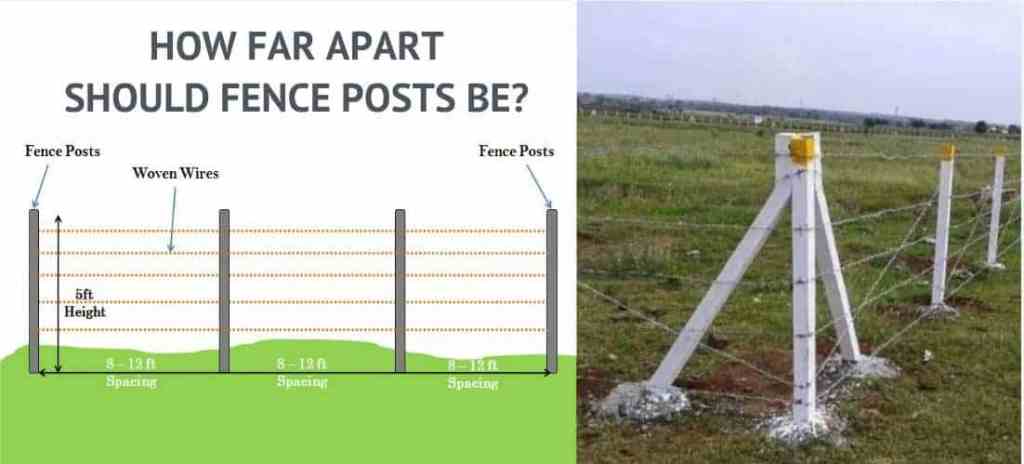
Conclusion
Choosing the right fence post length is essential for the stability and longevity of your fence. Factors such as soil type, fence height, fence material, and climate conditions should all be considered when determining the appropriate post length. By taking these factors into account and following the recommended guidelines, you can ensure that your fence is properly supported and will withstand the test of time. Remember, having a strong and durable fence starts with choosing the right fence post length.
